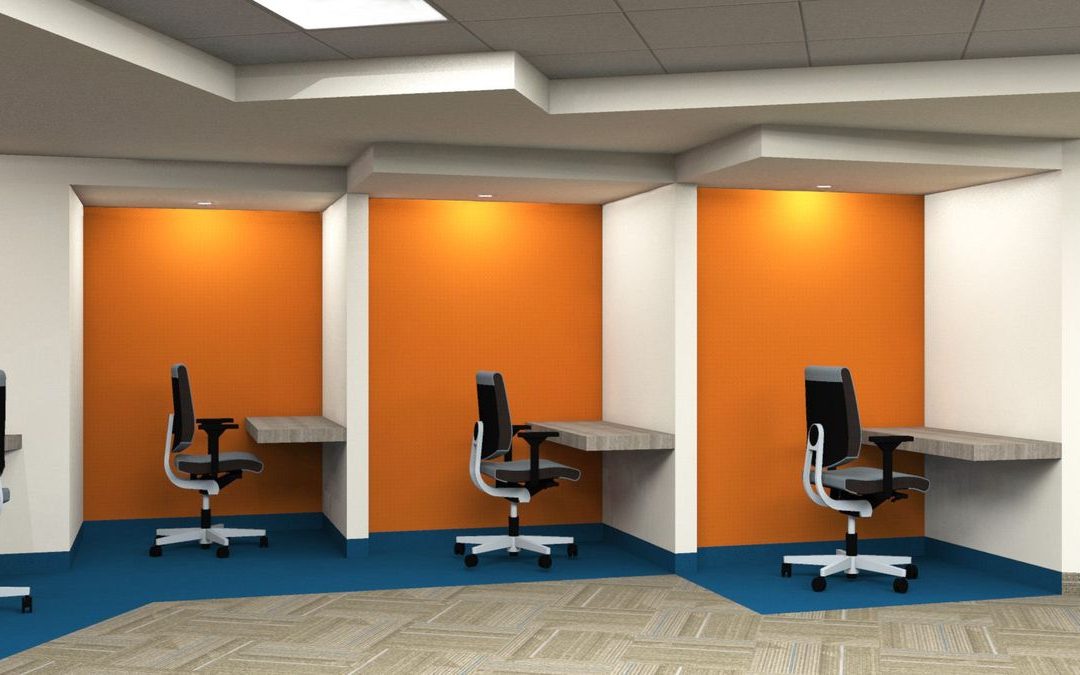The COVID shutdown allowed employees to work from home and many do not want to return to the office. However, many employers want their workers to work in person at least part of the time. Employers will have to be more flexible and allow employees to work remotely at least part of the time.
This mix of virtual and in-person workforces has given rise to the hybrid workplace, also known as the dynamic workplace, where businesses adapt their physical space to accommodate both types of employees.
More than half (55 per cent) of working Canadians say that flexible work is most important to them, compared to one-quarter (24 per cent) indicating that career progression is the most important.

Space planning for the hybrid office is a big challenge and an experienced interior designer would be most qualified to determine what is needed now and also in the future. In a hybrid office workplace, more square footage will be dedicated to collaborative space and less to dedicated individual workspaces. Some workplaces will dedicate more space to community areas. More space, not necessarily less, may be needed. The created space should be flexible. Workers who will not be in the office full time, will have to get used to sharing workspaces, whether that means more collaborative meeting rooms or book-ahead desks, known as “hotelling.”
Benefits of a hybrid workplace:
1. Employee satisfaction: Many employees prefer the flexibility of working remotely and the time savings of less commuting. Others cannot work from home comfortably or miss the social aspect of the workspace and welcome a return to the office.
2. Reduced occupancy costs: Many businesses have found that they can downsize their offices and make the space they have last longer.
3. Access more qualified talent: Workers who can work remotely, do not have to relocate to work for a company that is not in commuting distance. This expanded pool of talent is a major bonus for the business.


